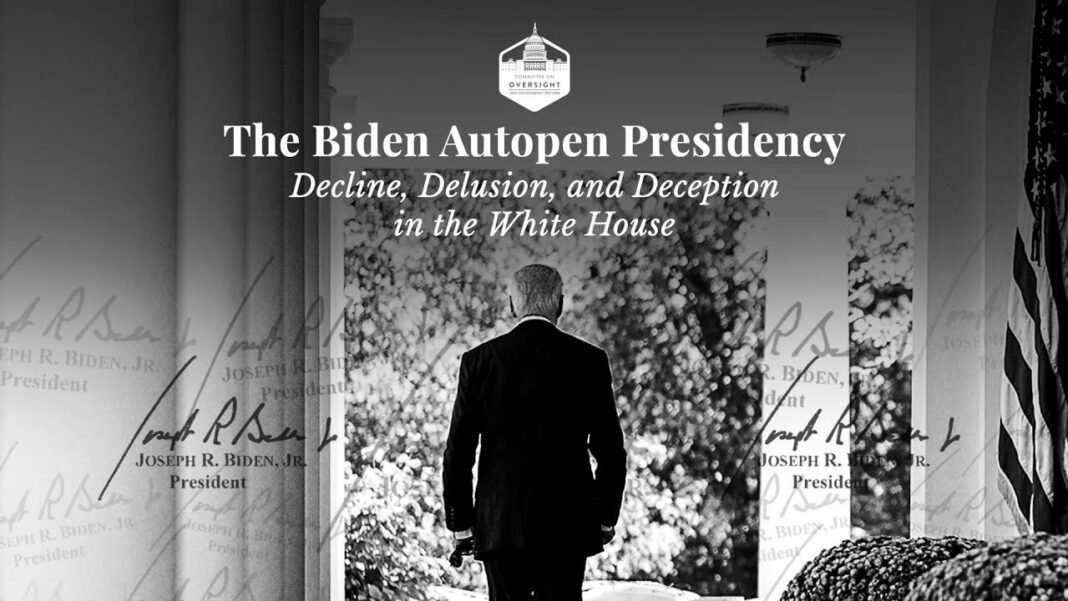The move aims to streamline operations, flatten management, and fund a massive artificial intelligence expansion.
Amazon said on Oct. 28 it will eliminate about 14,000 corporate positions as part of a broad restructuring effort designed to flatten management layers, reduce bureaucracy, and redirect resources toward artificial intelligence (AI) and other strategic priorities.
Beth Galetti, Amazon’s senior vice president of people experience and technology, announced the layoffs in an internal memo to employees, describing them as part of an ongoing effort to make the company stronger, faster, and more innovative, while operating “like the world’s largest startup.”
“The reductions we’re sharing today are a continuation of this work to get even stronger by further reducing bureaucracy, removing layers, and shifting resources to ensure we’re investing in our biggest bets,” Galetti wrote.
“While this will include reducing in some areas and hiring in others, it will mean an overall reduction in our corporate workforce of approximately 14,000 roles.”
The cuts represent about 4 percent of Amazon’s roughly 350,000 corporate employees and come amid an accelerating companywide pivot toward AI-driven efficiency. The retail and cloud-computing giant employs about 1.56 million people globally.
‘World’s Largest Startup’
Galetti’s message echoed CEO Andy Jassy’s repeated calls to run Amazon “like the world’s largest startup”—an idea he outlined in memos throughout 2024 and 2025 as the company sought to rekindle its entrepreneurial culture.
Jassy, who took over as CEO in 2021, has led an aggressive cost-cutting drive while making massive investments in AI and data infrastructure.
In a September 2024 note, Jassy criticized the bureaucratic bloat that can afflict large corporations and urged Amazon to preserve its “perpetual hunger to invent” and “obsession with making customers’ lives easier.” He described the company’s ethos as one of “scrappiness and frugality”—values he said were key to maintaining a competitive edge.
Galetti said that philosophy underpins the latest restructuring.
“We need to be organized more leanly, with fewer layers and more ownership, to move as quickly as possible for our customers and business,” she wrote.
By Tom Ozimek








